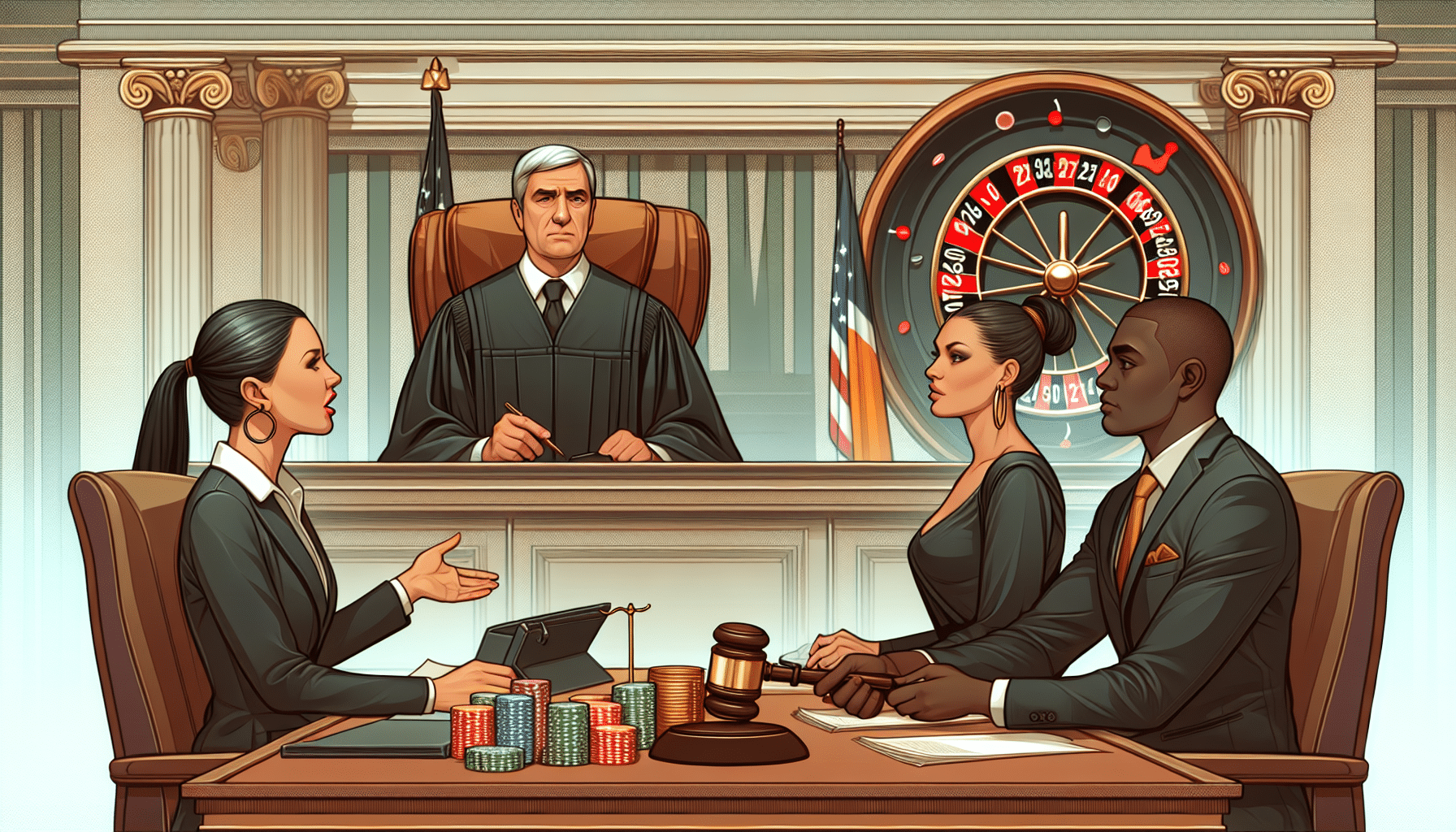In a surprising twist of legal proceedings, a slip-and-fall lawsuit against Mount Airy Casino in Pennsylvania has been reactivated. The case revolves around a visitor who allegedly slipped due to an overabundance of hand sanitizer on the casino floor. This revived court case raises significant questions about premises liability and the responsibilities of businesses to ensure customer safety. As legal enthusiasts and business owners closely monitor this development, it highlights important considerations around customer safety procedures in public spaces.
Understanding the Case
The lawsuit, initially dismissed, has been resumed, bringing public attention back to the Mount Airy Casino. At the heart of the case is the claim that the casino neglected its duty to maintain a safe environment for its patrons. The plaintiff allegedly slipped on a hydroalcoholic gel spill, leading to injuries. This incident underscores the critical importance of hazard management on commercial properties.
The Legal Framework
Slip-and-fall cases are not uncommon in the legal landscape. They are typically categorized under premises liability claims, where the injured party seeks compensation for injuries sustained on someone else’s property. To win such a case, the plaintiff must prove that the property owner was negligent in maintaining safe conditions. In this instance, the main question is whether Mount Airy Casino had adequate measures in place to manage possible spills and warn customers of potential hazards.
Premises Liability: A Closer Look
Legal experts often refer to several key components when considering premises liability:
- Duty of Care: Did the casino owe the visitor a duty of care?
- Breach of Duty: Was there a failure to fulfill this duty?
- Causation: Did this failure directly cause the injury?
- Damages: What are the financial costs associated with the injury?
It is the plaintiff’s responsibility to demonstrate that all these elements are satisfied to progress in the case.
Preventing Slip-and-Fall Incidents
This lawsuit sheds light on the preventive measures businesses should implement to decrease such incidents. Here are a few recommended strategies:
- Regular Inspections: Institutionalize frequent checks to identify and address hazards promptly.
- Clear Signage: Utilize warning signs to alert guests of potential dangers, like wet floors.
- Effective Spill Response: Implement rapid cleaning protocols for addressing spills immediately.
- Staff Training: Ensure staff is well-trained to identify risks and respond efficiently.
Employing these strategies can substantially decrease the risk of accidents and support maintaining a safe environment for all patrons.
Industry Implications
This case is likely to resonate across the hospitality and gaming industries, prompting a revisitation of safety standards and protocols. Casinos, hotels, and similar venues may begin to reevaluate their practices related to customer safety, especially in high-foot-traffic areas. The lawsuit also serves as a wake-up call for business owners about the possible ramifications of inadequate safety measures.
Beyond the immediate implications for Mount Airy Casino, the outcome of this case could influence future premises liability litigation. It could also inspire regulators to propose stricter guidelines for maintaining public safety in commercial spaces.
Conclusion
The revival of the slip-and-fall lawsuit against Mount Airy Casino stands as a poignant reminder of the importance of rigorous safety practices in commercial spaces. As businesses navigate the complexities of customer safety and legal responsibilities, they must remain proactive in implementing preventative strategies to avoid similar legal entanglements.
For more detailed information and updates on legal considerations for businesses, consider exploring resources from reputable legal advisories and organizations such as the Legal Information Institute and the Nolo Law Encyclopedia.
Keeping a close eye on this ongoing case might not just be important for legal experts but for all stakeholders in the hospitality industry to understand potential changes in safety protocols and liability standards.

